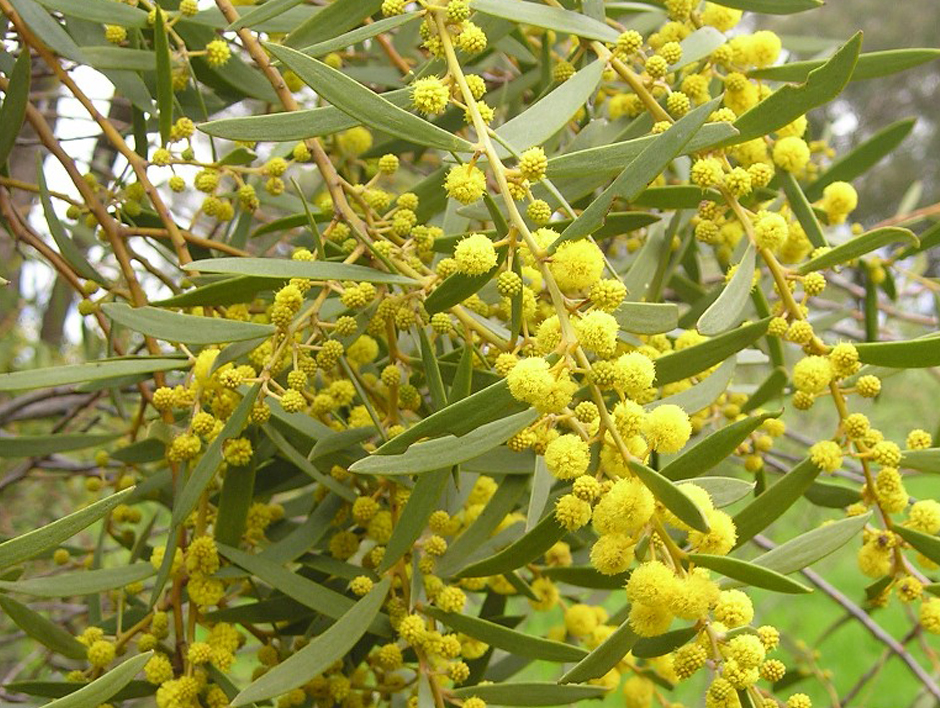- info@savernakestation.com
- 02 6035 9415
Forest
400 hectare exceptional native pine-box woodland
The Sloane family has had a strong affinity with their natural environment since 1862. With wool production their main focus, shelter belts & copses have always been valued. Clearing for cereal production in the 1890’s depression was carefully controlled. The Sloanes retain 17% tree cover, and are fencing & enhancing both belts and copses with understorey, direct seeded and with tubestock taken from their own seed sources. 300 ha of sandhill forest was regarded as agriculturally poor and never cleared.
The central 40ha remains a pristine area of native vegetation featuring tall pines up to 35 metres (400 years old) and diverse understorey. Spring is the high season, but the forest retains its unique character all year round. The biodiversity is astonishing. This page depicts a small sample of the flora and fauna. Entymologists will appreciate Savernake Station as the childhood home of Thomas Gibson Sloane, who first classified Australia’s insects in 1870; his beetle collection resides in CSIRO archives, Canberra.
The forest is home to several threatened species, including the Superb Parrot, Powerful Owl, coral lichen, and many others. Our property also includes a breeding site for the Bush-stone Curlew. The forest also includes scientific monitoring sites. Species lists are available on request. The photo gallery provides an indication of the richness of the Forest’s biodiversity.
This tour usually takes 50 mins at an easy walking pace, but you are welcome to vary it to match your time frame and interests.
Gallery
More Features and Sights



























































